Part 1 The Grand Hotels
During the twentieth century the town had developed into a considerable small holiday resort. The historic St George Hotel had been established since 1625 and by the end of the 19th Century two important hotels had been built. Roxburghe Lodge built by the Duchess of Roxburghe c1885 was extended by the end of the century into the Roxburghe Hotel and the Bellevue Hotel was built by James B Dunn in 1896/7. The Dunbar Golf course had been established in 1856, albeit then it was a gentleman’s club with a young George Warrender as chair.
Other hotels and guest houses were established in the 20th century. There were also many inns and pubs. There was a spa at Belhaven in the 19th century. Mrs J Baird presented the West Promenade in 1896, in memory of her father Admiral Hay of Belton. It remains a popular walk today. The number of visitors was huge, a report in in 1938 reported that the number of holiday makers between April and September was 18,000. By the end of the Burgh period council house tenants were encouraged to do B&B. Large numbers came from Edinburgh and Glasgow by train for holidays in the July fair fortnights and a others from England in August. Sea bathing became popular in the 19th century and bathing pools were established. There were several but one was the Olde bathe below Bayswell Park and another nearby was the Ladies bathing pool, both established pre 1905. Mixed bathing was frowned upon until after 1918 and an occasion of it reported in The Edinburgh Evening Dispatch on the15th September 1912 caused outrage.
Part 2 The Ladies Pool
The burgh council took positive steps to encourage the development of Dunbar as a resort. In 1927 they took a decision to develop the Ladies’ pool to resemble that at Scarborough. They started by constructing the kiddies’ paddling pool and the boating pond in 1928 and the Dunbar Safety pool was completed by 15th June 1929. This was followed by the Pool Ballroom in 1930/1.
This development aroused immense interest and train excursions came from Glasgow to see it. Jean Macmillan who later came to live in Dunbar told me that she and her future husband did it she thought about 1936. She told me the details of the expedition. The train left Glasgow at 4 30 pm with a return fare of 3/6. The total cost of the expedition was under 5/- per person. They walked to Westbarns and took the bus back to Dunbar for a fare of 2d [old pence 240 to the £1] had a fish tea for 1/- at Togneri’s and got the train back to Glasgow. She later campaigned to save the pool. The pool became the main focus of entertainment in Dunbar until 1975.
It had a lucky escape in 1940. At that early stage in the war The Germans were not attacking civilian targets. Suddenly a German Heinkel He 111 followed by a Spitfire flew over the pool. The pool was crowded with OCTU cadets [165 Officer Cadet Training Unit] which had been established that year. Fortunately, they were in bathing kit and not in uniform. No bomb was dropped, and the Heinkel was brought down by the Spitfire at Cockburnspath. Cadets and pool were saved. A film of the early days of the OCTU was taken by cadet and it is held by the History Society.
The Council appointed an entertainment and publicity officer before the war, and they continued until the end of the burgh period to promote an extensive programme of entertainment. In its final years the council had two active Entertainment and Publicity Officers Cairns Boston arrived in that role in 1963. Cairns Boston who among other things organised a large exhibition in the Victoria Ballroom [demolished 1990] and then Len Abbey (LG Abbey Entertainment) from 1969. He remained in the employment of the new District Council but was moved to Musselburgh and was made responsible for the whole District. His assistant Mrs Jean Foster remained in Dunbar.
They arranged for events at the pool and elsewhere with Diving competitions Swimming Galas, Beauty competitions, Celebrity appearances and the like. All Drawing huge crowds. Eric Bradbury was a very capable pond master who was killed in a car accident in 1965.He was replaced by Bill Field who was already working at the pool and then by Bob Shrive. John Bradbury, Eric’s son, was the final pond master. The District Council which took it over in 1975 found it had serious problems It needed massive repair. The traders, as volunteers took it over in 1979. Problems continued and despite huge efforts, to raise money it had to close and was demolished in 1985.
Part 3 The Wealth of St Clair Cunningham
There were a number of other important developments some by the council and some by others before the second war. The wealthy St Clair Cunningham, b 1857, a businessman from Leith who married Elizabeth Usher made huge investment in the area. Cunningham was a member of many golf clubs. In 1896 he came to Hedderwick Hill. He re-established horse racing at Hedderwick. In May 1896 Cunningham bought Bielside estate which included most of West Barns. He gave West Barns the village hall in 1901. He was a keen golfer and c1890 he laid out a golf course at Hedderwick. Initially it was a 9 hole course but was soon developed to 18. He invited East Linton Golf club to use it which they did for 36 years.
In March 1905 he bought the lands of Winterfield. There was a proposal to feu Winterfield for villas but only one was completed. St Margaret’s was built for Margaret Keith by her sons. It was owned by the Keith family until 1946. It was sold to Mrs Tait and then, by her to Mrs Beveridge who sold it to Dunbar Town Council in 1970. It and was set up as a sports and social Club. In 1977 it was leased by the new District Council to Winterfield Golf Course as a club house. Cunningham also had a major shareholding in the old Assembly Rooms in Dunbar. He died in April 1906. The Hedderwick Golf Course continued until 1937. Alan Cunningham presented the bowling club to West Barns in 1913. The alternative plan for Winterfield was to create a golf course and so The Winterfield Golf Course Company Ltd was formed in 1933, with Alan Cunningham as chairman. The golf course opened in March 1935. It had a club house close to the tennis courts, which were in Winterfield Park which was set up in 1920.
There were two putting greens in Dunbar one of them in Winterfield Park. Dunbar Bowling Club was established in 1856. The council acquired the Lauderdale walled garden and created Lauderdale park and established a bowling green and other amusements.
Provision was made for other forms of amusement. A cinema was started in the Dreadnought in 1916 and then in the Corn Exchange. In 1923 the Empire opened in the High Street and then the Caledonian Cinema Playhouse opened in 1937. Both were closed by 1984. The Winterfield Pavilion was opened in 1925 and had Pierrot shows in the summer season. Plays were performed in the Corn Exchange. There was a Billiard Hall. There was a curling pond from 1899 till 1938. Countess park was established in 1938. There was a gun club at West Barns from 1902-1931.
Belhaven Hill School was founded in 1923, which raised the profile of Dunbar and brought parents to the hotels on occasion. The Burgh Council had also formed a Joint Publicity Committee with the Traders. The joint publicity Committee made a film, the A1 Resort in which some local people played the parts of visitors coming to Dunbar. There is a later film called Brrr! Both are in the Dunbar Local History Society’s Archive in the Town House. The Joint Publicity Committee formally wound up its affairs in 1987 and handed over its assets to the Community Council, less a payment of £100 to the church restoration fund.
After 1947 there were two caravan sites at Winterfield and Kirk Park. Both have now gone but there is a more recent one at Belhaven. Various other events were held, Sandcastle competitions, Golf week, Veteran Vehicle rallies Bicycle races, marching bands, Dunbar Civic Week and Lifeboat Day. These last two have survived.
There was a feeling that the decline of the resort was a direct result of the loss of Burgh Status but there were other important factors. Cheap holidays had become a fact of life and though Dunbar is called Sunny Dunny the sun in Benidorm seemed more certain and warmer. In 1973 the idea of Torness Power Station was proposed and consent was granted in 1975. Construction was begun in 1978. In the construction period it had a huge workforce of c7000 from 1980-88. This led to huge demand for accommodation in Dunbar on an all year basis and so accommodation which had been available to tourists was no longer available. This and the demolition of the swimming pool in 1985 sounded the death knell of Dunbar as the A1 Resort.
Stephen Bunyan
30 04 20
Part 4: Picture gallery
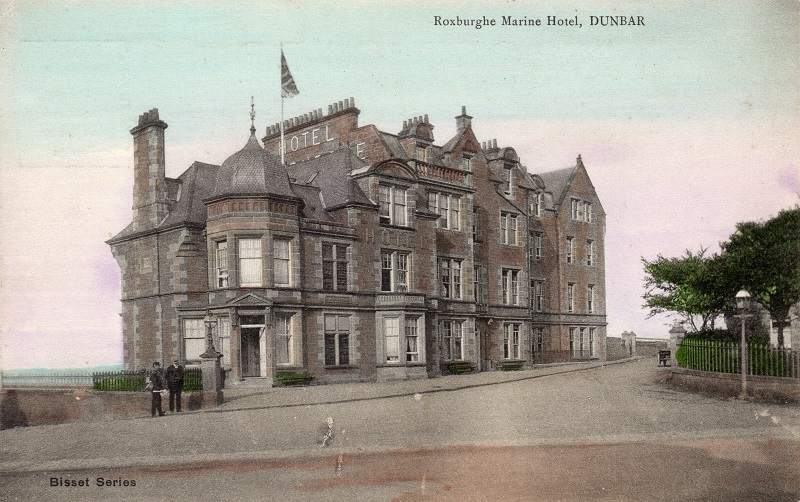
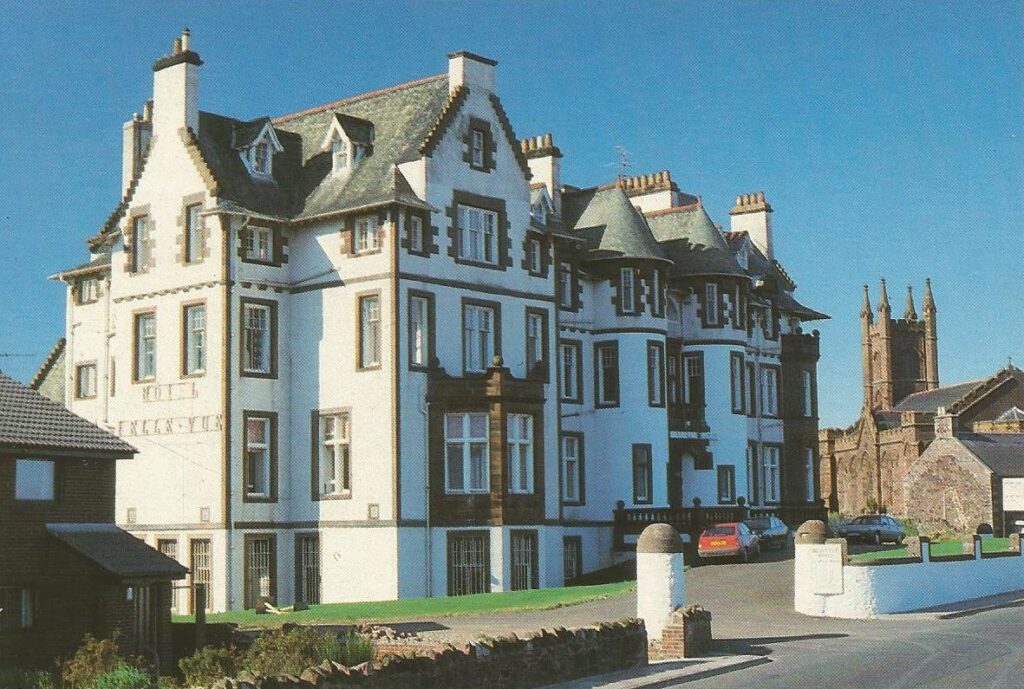

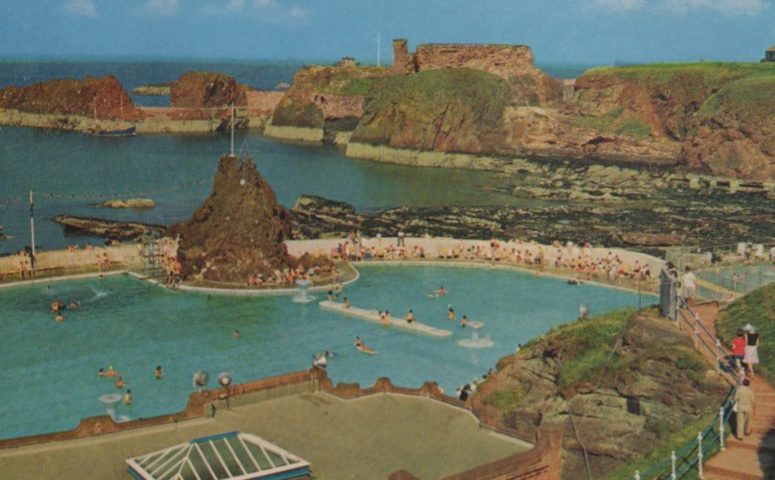
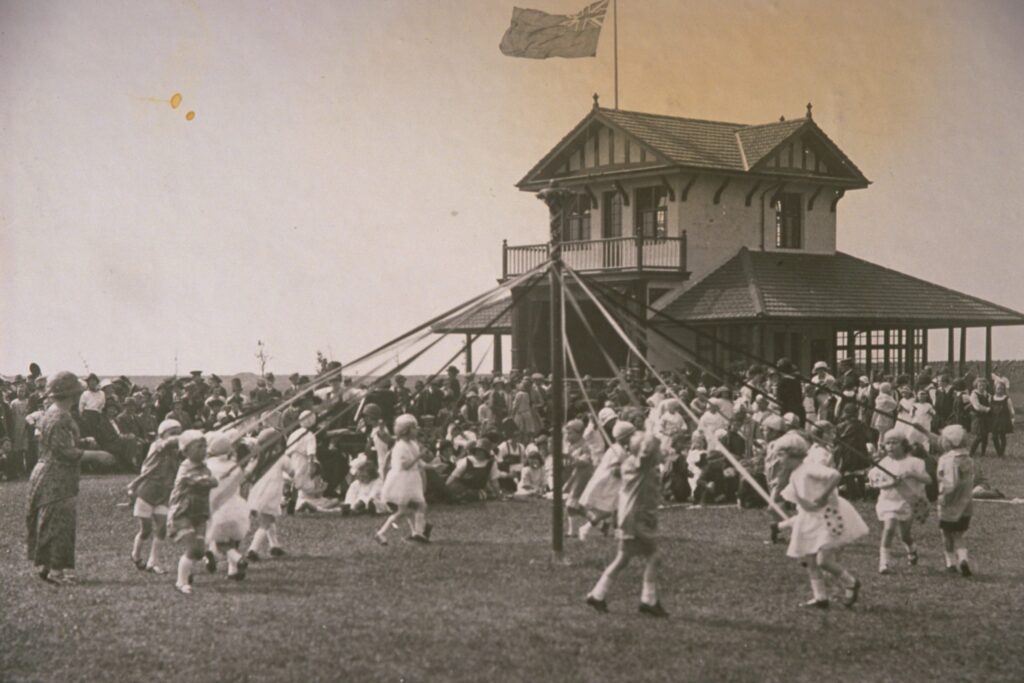
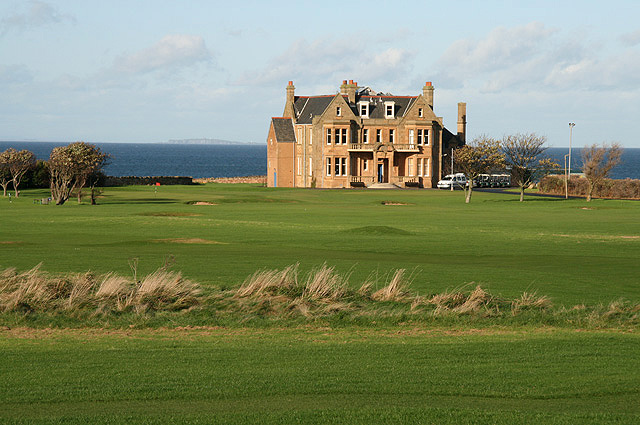
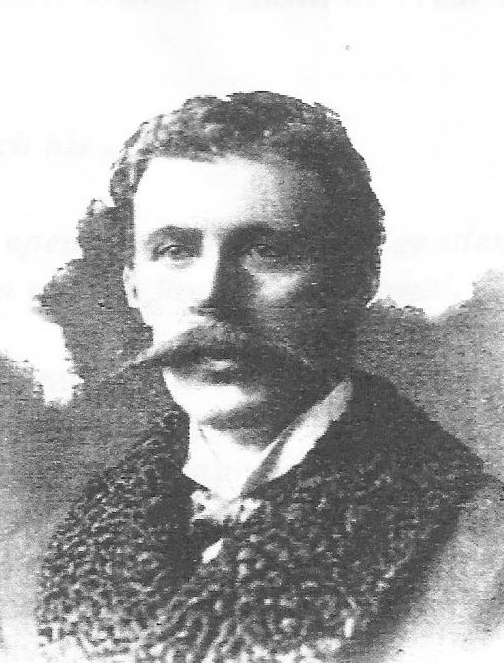

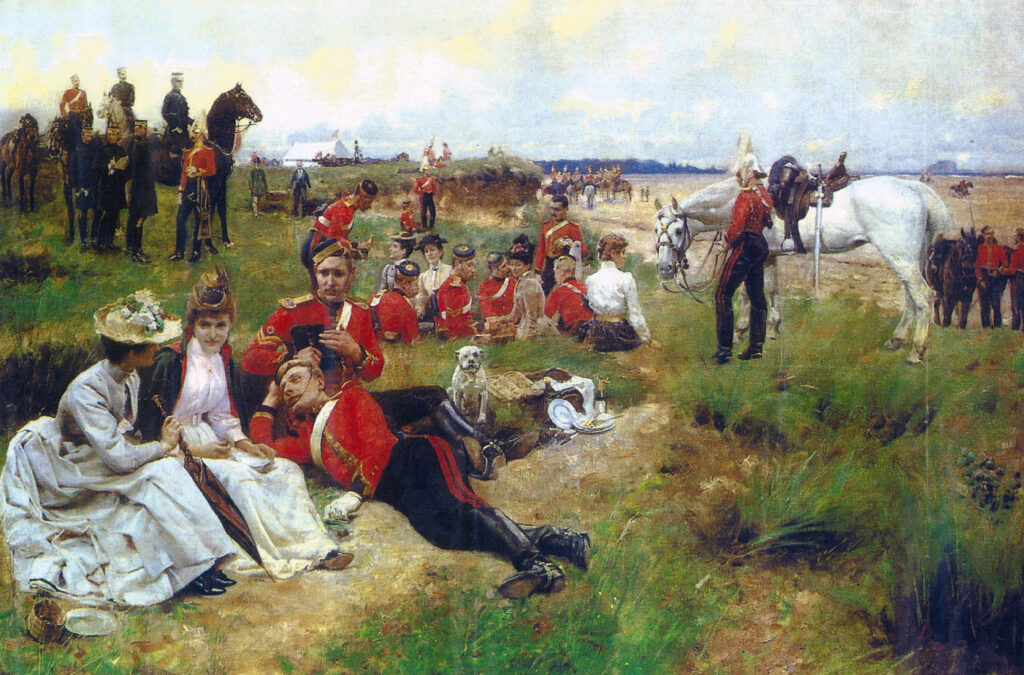
Part 5: References, further reading & credits
David Anderson, Old Dunbar Stenlake Publishing
Stephen Bunyan, A walk around Historic Dunbar. Dunbar and District History Society
RJM Pugh, Swords Loaves and Fishes, A History of Dunbar. Harlaw Heritage
Pauline Smeed, Dunbar in living memory , East Lothian Museum Service
Sonia Baker and the Fourth Statistical Society, East Lothian 1945-2000, vols VI-VII, East Lothian Library Service
Local Archives, Dunbar and District History Society
Bathing Beauties: Dunbar and District History Society
St Margaret’s. Walter Baxter / The clubhouse at Winterfield Golf Course / CC BY-SA 2.0
Children dancing round a Maypole. Scran ID: 000-000-470-921-C. Resource Rights Holder: East Lothian Museums Service
Belhaven Hill School. Winterfield House Scran ID: 000-000-469-972-C. Resource Rights Holder: East Lothian Library Service
You must be logged in to post a comment.